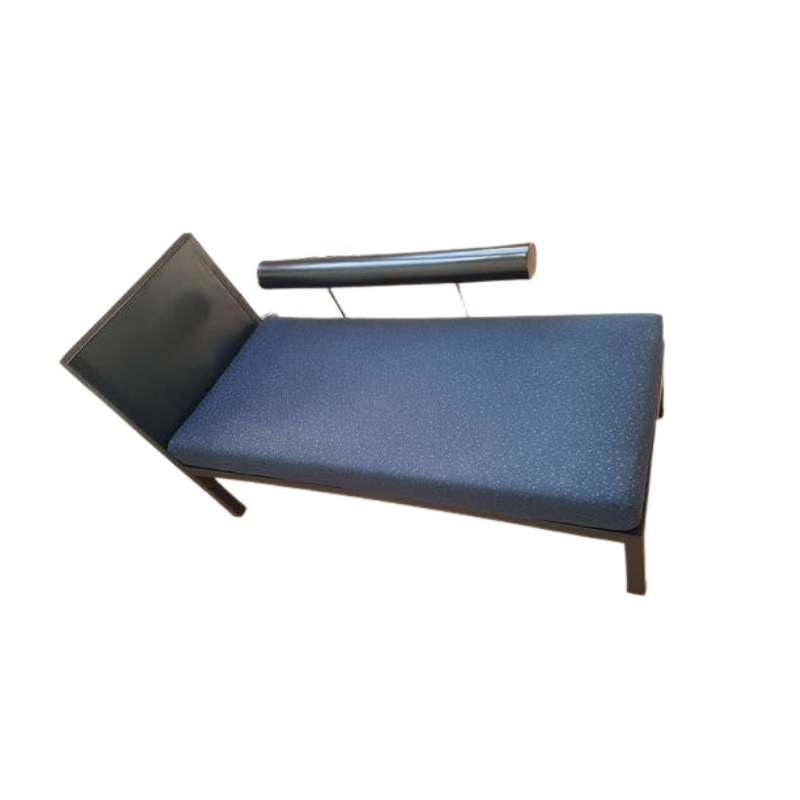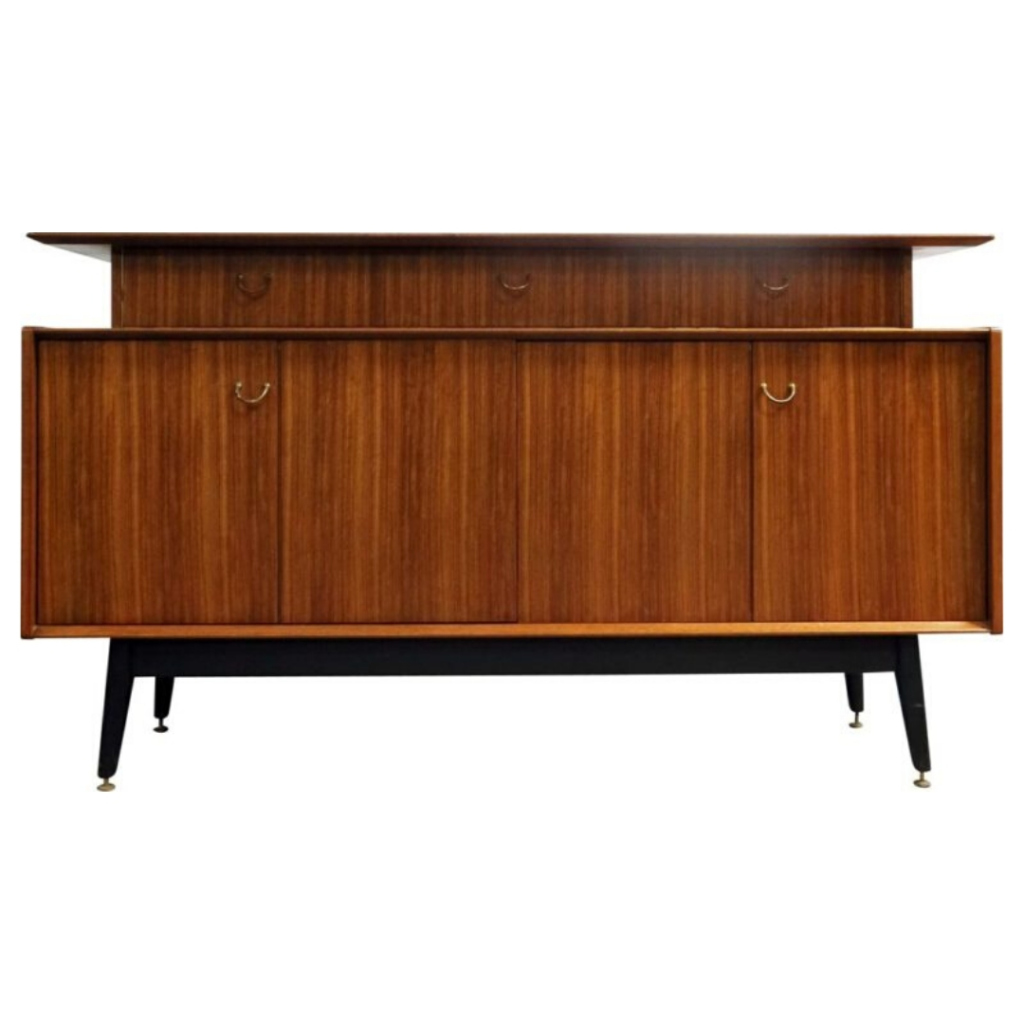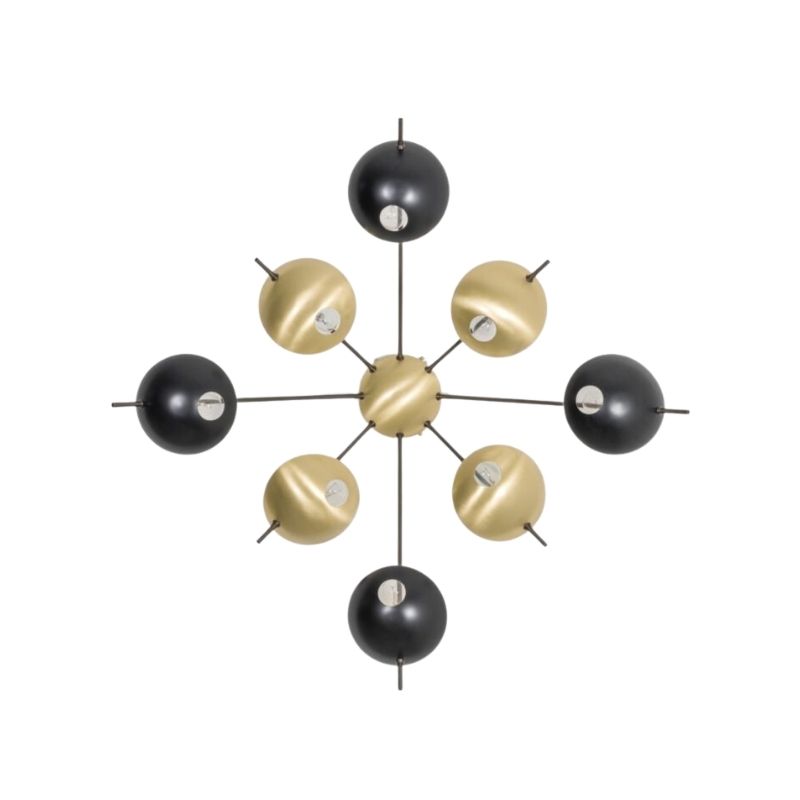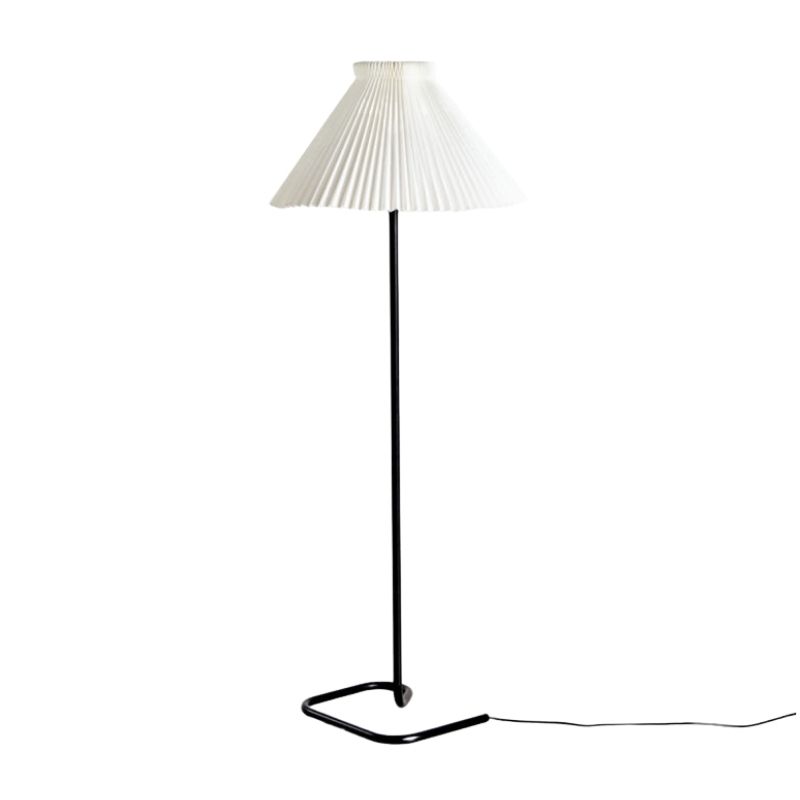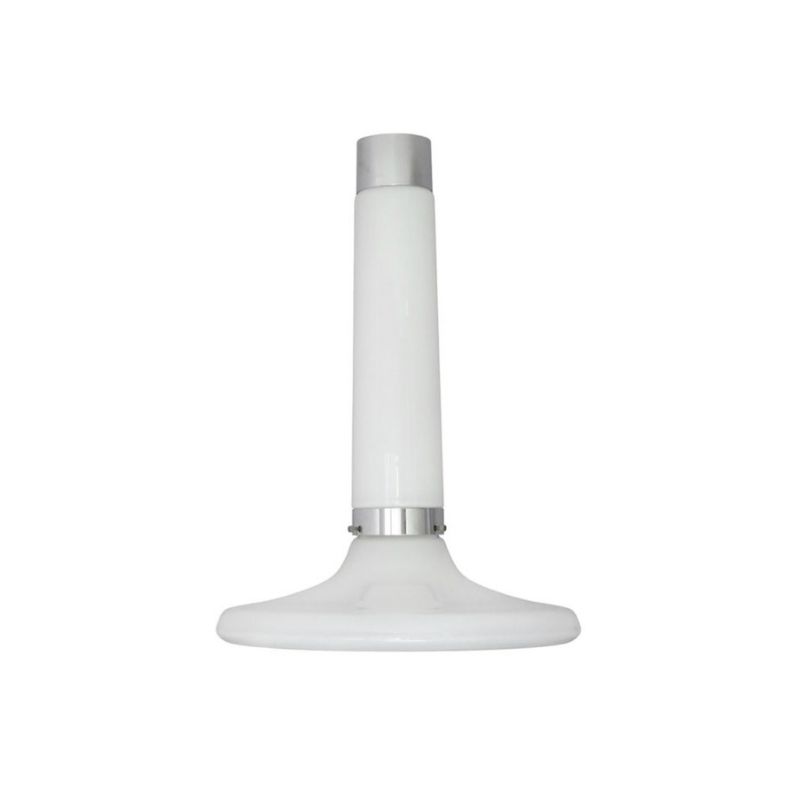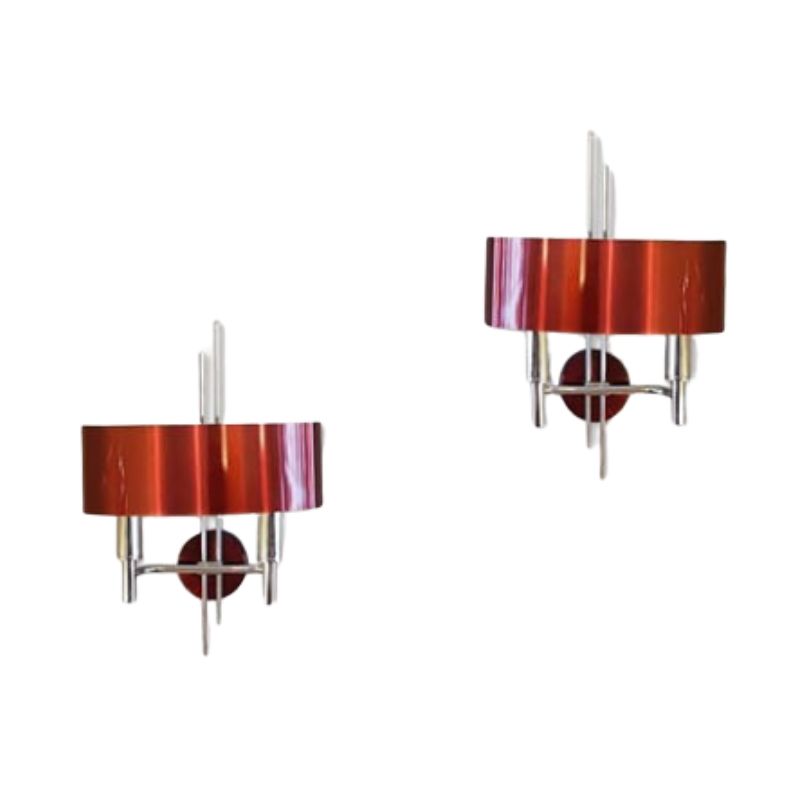Here is the link to the first part of the project:
The Design Addict vase project (part 2)
Here is the link to the second part of the project:
http://www.designaddict.com/design_addict/forums/index.cfm/fuseaction/th...
I particular like this vase...
I particular like this vase that koen designed. the idea of honeycomb-bees-flowers is strong, normally it are the flowers that 'feed' the honeycomb now it is the honeycomb (vase) that feeds the flowers. however some ideas mentioned here were not present in that design, so i altered the foto (not really in a nice way); first the idea of putting the flowers out of the vase is really strong; so why not let the 'honeycombmesh' be larger then the vase? beneath or we repeat the honeycomb or we do an entrance like that ferrari idea. furthermore; a full honeycomb looks a bit to geometrical; so why not hexagons on the outer rims but on the inside of the vase it gets a bit messy, undefined, blurred...
Size
Ok, let's get back to work!
A point already mentioned and that cannot be underestimated is the question of the size of the vase.
It's important on the functional level, but not only. If the size is too small, the honeycomb pattern and the outside facets would become visual textures rather than functional structures. If the size is too big, the vase would lose of its elegance.
- What's the exact balance in your opinion?
In addition, if one changes the scale of the vase, it will have a proportional impact on all its parts. If one decreases the height, the width of the openings will also decrease.
- What's the minimum width to be able to introduce the stem of the flowers?
One also has to take into account the thickness of the ceramic.
- Koen, what thickness should one expect?
The size of the vase also has an influence on its weight, therefore on its stability.
Another consideration is the perceived value of the object. Indeed, one does not sell nor buy a small vase at the same price as a large one.
- What is the impact of the size on the manufacturing cost in comparison with the impact on the selling price?
Lastly, have we been busy designing a vase for a particular type of flower or a vase that can meet the most current needs? This parameter is also important for the choice of the size.
As for me, I rather prefer the second solution. I thus undertook to measure the vases that we use the most often at home.
The average is as follows : Diameter 12,5 cm (4,92") - Height 26,5 cm (10,43")
Ok, enough questions for now. I still have others, but I suggest that one focuses first on dimensions.
Gerrit's interesting proposal should, of course, also be discussed!
I can not answer all the ....
questions at the same time but here is at least an answer to some suggestions (sorry if I answer questions that are a few days old, but 3D rendering at this quality level requires time and all of it is of course based on volonteer work)
So, here is the basalt version together with a narrow and lower version (by the way the vases are now 30 cm high (12") and 25 cm (10"). The narrow and lower version is made for a number of reasons. The first one is simply a stupid copyright consideration. Someone could easily have made this variation on the basis of the previous ones, and so I wanted to claim the copyright before that happens. Those of you who have noticed that the copyright is claimed by HippoDesign should not worry. I have no intention of taking away anybodys rights. This project was done by the participants on DA, but the DA Forum is not a legal person, and only a legal person can claim copyrights. For the time being it is the most practical solution. We will transfer the rights in all full and unlimited license ones the project is finished.
The other reason for doing two versions is that some of the size problems can not be solved by compromizing. There is a need for small and larger vases. From a marketing point of view a "collection" is always better than just one product.
Last but not least we are working on a previous suggestion to have some variation in the hexagonal shapes. In this first proposal we have mouved six of the 12 outside hexagones outward to a common circular edge. Amiel is still working on the other version, where the same thing is achieved but without enlarging the surfaces of the base hexagones. We are also looking at the different curves (parabolique, radii or radia combined with straight lines), at the depth of the concave shape and the height of that deepest point of the curve. I will try to catch upp over the week-end...
I could at least answer some...
of the simple questions.
Koen, what thickness should one expect?
I am open to suggestions but I think that 0,150" would be a nice thickness. For those who are still using the metric system that would be a few hairs under 4mm.
That is by the way the thickness used in the 3D modeling.
- What is the impact of the size on the manufacturing cost in comparison with the impact on the selling price?
There is obviously a difference between the large size and the smaller one, but generally spoken a difference of an inch or so (2,5 cm) in height would not affect the cost very much. Due to kiln space and size the cost would jump quite dramatically if we exceed the 7 1/2" diameter on the base (19 cm.)...that is dry diameter, meaning 16,8 cm (6 5/8")fired. The reason why I like the hexagonal shape is because it allows me to be more compact in the kiln (the concave shape allows for good circulation even if the bases are almost touching each other) and yet, the general impression is that it is a rather large product. It will certainly be a consideration when we look at the diference between the most recent version of the vase and the first 3D modeling (the last one has a round base wheras the first one had an hexagonal one)
Compared to most other places on earth we have the priviledge to have only (98% or so) hydro-electricity and subsequently very low KiloWatt costs (1/7th of most European countries) but energy is still an important raw material in this kind of production, so kiln space matters.
Whatever the color...
it remains a remarkably fine looking vase.
Actually, if you're thinking in a line of vases, The larger size vase would probably scale up hellaciously well for one of those huge vases that sit in the corner of a room and hold really large potted plants...or umbrellas.
dcw
I think
what is so affecting about these vases is the resemblance or suggestion or echo of/to the bunch of stems held in the hand or tied with a bow or string or rubber bands. I suppose there are hexagonal stems -- but is it too late to consider an easing of the form, into bundled cylinders ? I know this implies a central lattice of varying wall thickness. . .and this might be like asking Eames why his first plywood chair didn't have squared-off corners !
I do very much like the current form(s) and the silhouette(s) of the vases -- they are perhaps not particularly radical (as perhaps the original vase-with-rods was) but are certainly handsome, and probably attractive to a wide range of potential customers.
The dark color is great ! And the abortive modification above (sorry, Gerrit !) of the original white one, with its dark outlines, reminds me of some existing pieces I think I've seen -- would that have to be a painted/transferred decoration ?
Terrific insight, SDR...
about the shape of the vase.
I would also suggest that there is something feminine about the small waist.
But references aside, and practically speaking, a narrow spot near the midpoint of the vase might make it easier to carry from the sink to the dining room table, or where ever.
Which triggers a thought...
How about a vase with a narrow waist with a textured surface in the waist area to make it less likely to slip from your hand.
Oh, I'm just so hopelessly practical.
If you need any help, please contact us at – info@designaddict.com



